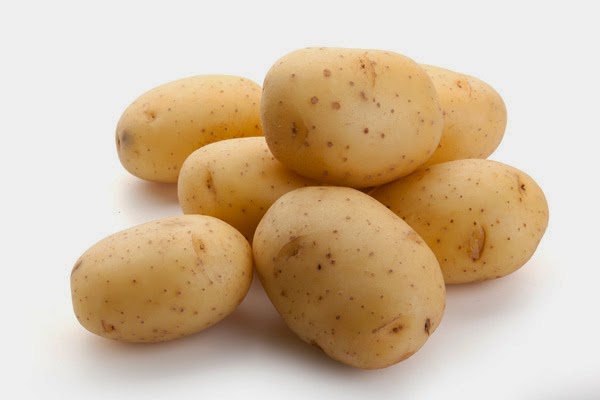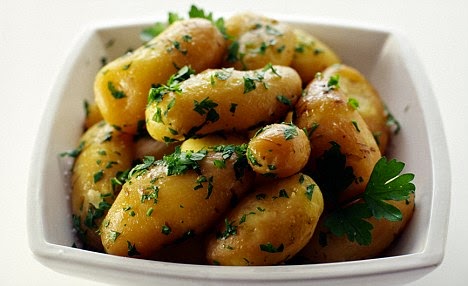Potatoes are the No. 1 vegetable crop in the United States and the fourth most consumed crop in the world, behind rice, wheat and corn, according to the U.S. Department of Agriculture. Potatoes are often thought of as a comfort food — richly mashed with butter and sour cream or crisply fried in vegetable oil. But when prepared in these ways, they can lead to weight gain, diabetes and heart disease, according to the Harvard School of Public Health. However, when prepared the right way — without butter, cheese or sour cream, for example — these vegetables are somewhat nutritious. Potatoes are low calorie, with a medium-sized baked potato containing only about 110 calories. They are a good source of vitamins C and B6, manganese, phosphorus, niacin and pantothenic acid.
Health Benefits:
Blood pressure:
(adsbygoogle = window.adsbygoogle || []).push({});
Brain Functioning and Nervous System Health:
Immunity:
Heart Health:
Skin care:
Digestion:
Cancer prevention:



